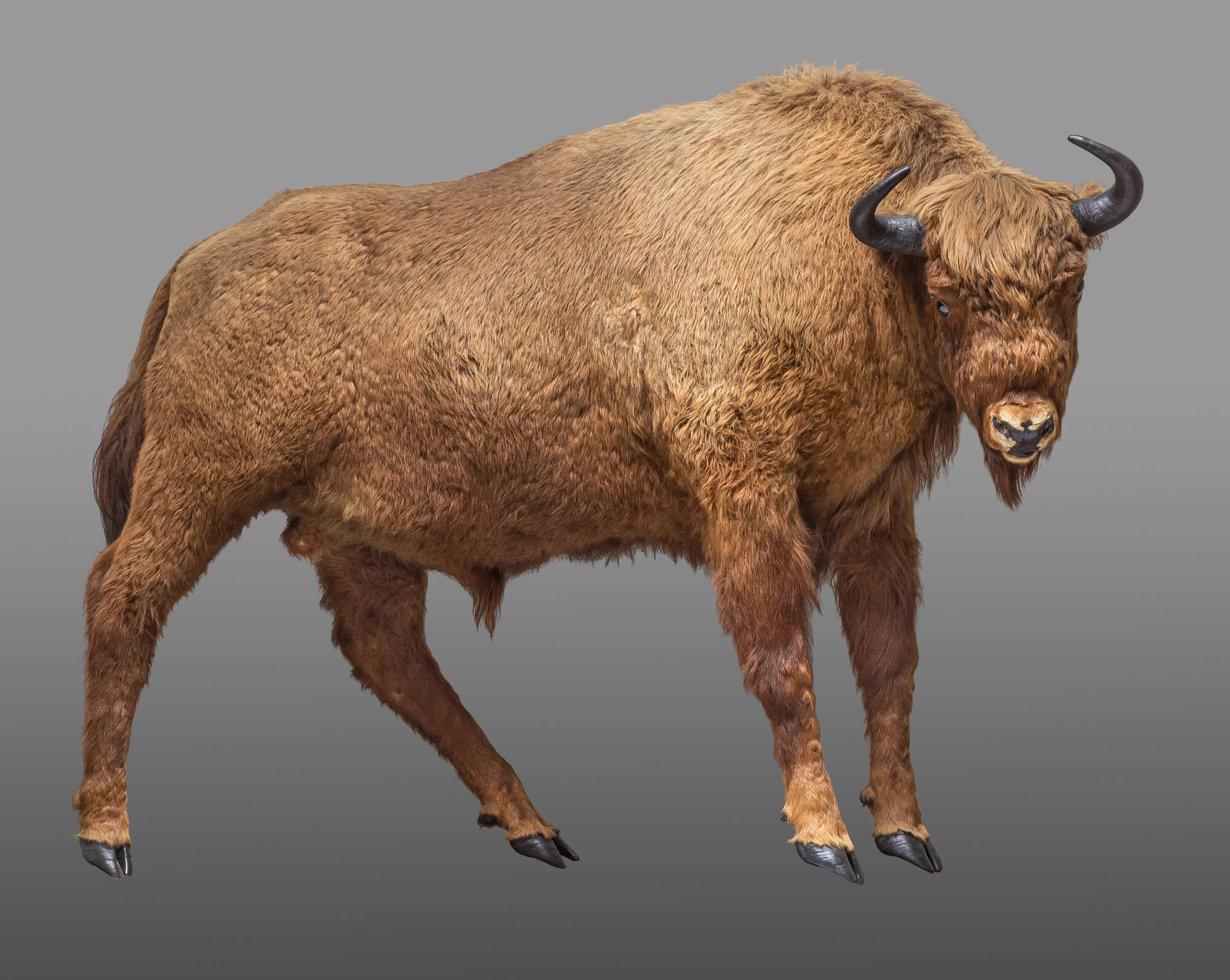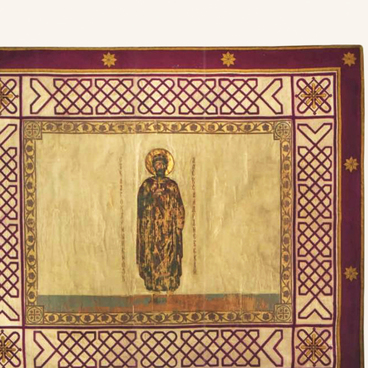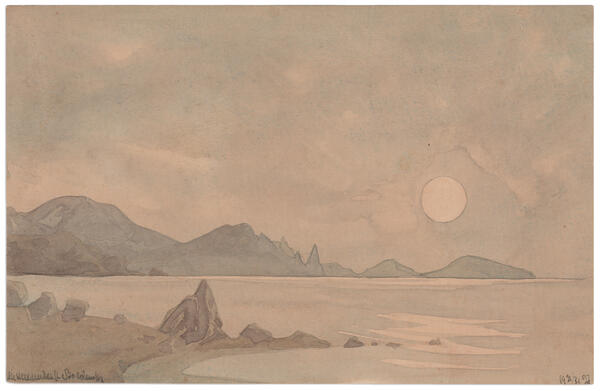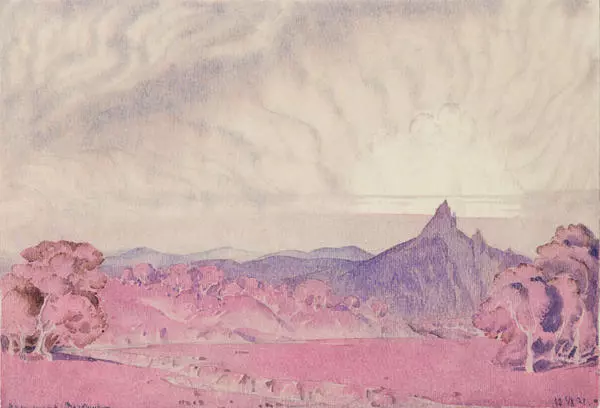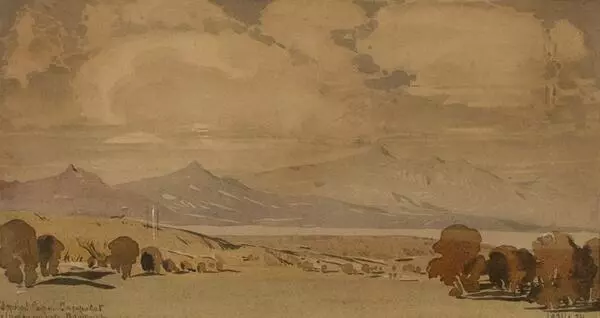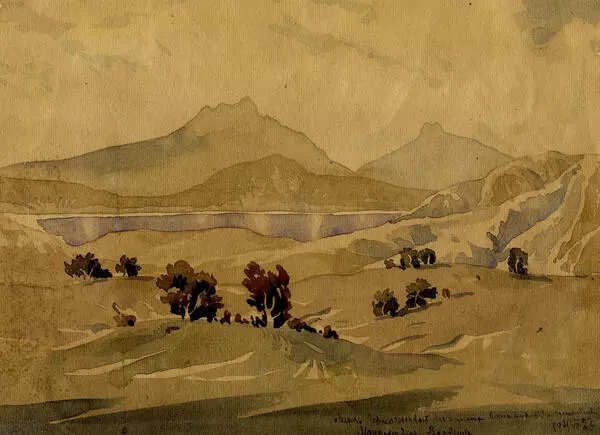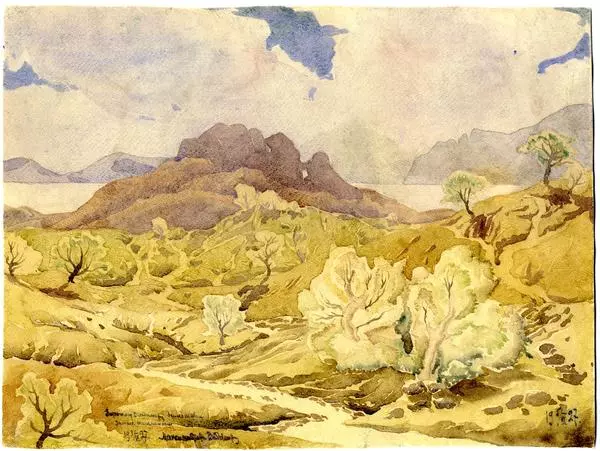The wisent is the largest mammal and the only representative of wild bulls in Russia. Before 1927, Caucasian wisents inhabited the forests of the northwestern part of the Great Caucasus ridge. They were slightly smaller than their lowland counterparts but had a darker hair color.
After World War I, no more than 500 wisents remained in the Caucasus. In 1927, poachers wiped out the last species on Mount Alous. Since then it was impossible to find purebred Caucasian wisents even in the most remote areas.
To restore the look of the extinct Caucasian wisent, scientists had to breed hybrid animals — the Belovezhskii and American wisent. The calves from such cross-breeding were called wisent-bison. When they grew up, one male and several females wisents were brought to the Askania Nova Biosphere Reserve in the Kherson Oblast, where the scientist Boris Fortunatov continued the breeding experiments. After that, the animals were sent to the Caucasus in 1940, where they successfully assimilated and began to breed on their own. By the mid-1980s new Caucasian wisent population had already reached 1,300 animals.
Nowadays these animals can be found in three nature reserves in the Caucasus: The Teberda National Biosphere Reserve, The North Ossetia Nature Reserve, and The Caucasus Nature Reserve. They eat grass, young sprouts, and leaves of trees and bushes. However, their diet may vary depending on the season.
About a third of the wisent population in the Caucasus adopted a settled lifestyle and now permanently inhabit the same areas. The rest of the wisents roam in search of food. During winters with little snowfall, they may descend lower on the mountain slopes and move 30–40 kilometers away from their usual pastures. This is how they can choose places with more food that are easier to get to.
Male wisents usually live alone, while females, calves, and weaker species gather together in herds. The average lifespan of these animals is about 25 years. In the wild, they breed every year. A newborn calf of the Caucasian wisent may weigh from 19 to 25 kilograms. It usually feeds on its mother’s milk up to 5–6 months, sometimes up to a year. Young males that have recently left their mothers may gather together in small groups until they are mature enough to live on their own.
After World War I, no more than 500 wisents remained in the Caucasus. In 1927, poachers wiped out the last species on Mount Alous. Since then it was impossible to find purebred Caucasian wisents even in the most remote areas.
To restore the look of the extinct Caucasian wisent, scientists had to breed hybrid animals — the Belovezhskii and American wisent. The calves from such cross-breeding were called wisent-bison. When they grew up, one male and several females wisents were brought to the Askania Nova Biosphere Reserve in the Kherson Oblast, where the scientist Boris Fortunatov continued the breeding experiments. After that, the animals were sent to the Caucasus in 1940, where they successfully assimilated and began to breed on their own. By the mid-1980s new Caucasian wisent population had already reached 1,300 animals.
Nowadays these animals can be found in three nature reserves in the Caucasus: The Teberda National Biosphere Reserve, The North Ossetia Nature Reserve, and The Caucasus Nature Reserve. They eat grass, young sprouts, and leaves of trees and bushes. However, their diet may vary depending on the season.
About a third of the wisent population in the Caucasus adopted a settled lifestyle and now permanently inhabit the same areas. The rest of the wisents roam in search of food. During winters with little snowfall, they may descend lower on the mountain slopes and move 30–40 kilometers away from their usual pastures. This is how they can choose places with more food that are easier to get to.
Male wisents usually live alone, while females, calves, and weaker species gather together in herds. The average lifespan of these animals is about 25 years. In the wild, they breed every year. A newborn calf of the Caucasian wisent may weigh from 19 to 25 kilograms. It usually feeds on its mother’s milk up to 5–6 months, sometimes up to a year. Young males that have recently left their mothers may gather together in small groups until they are mature enough to live on their own.
